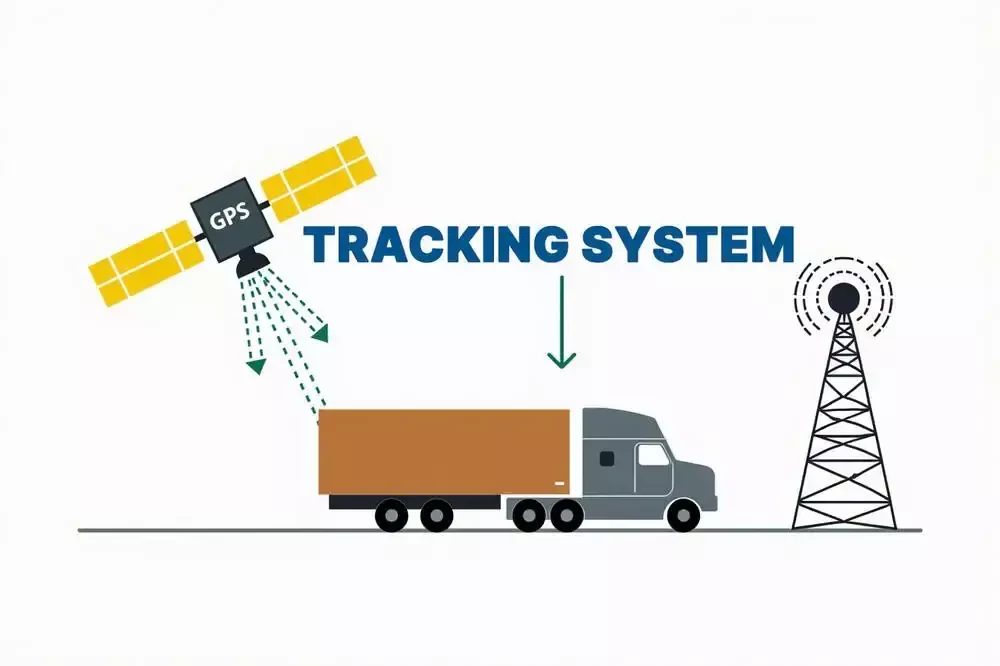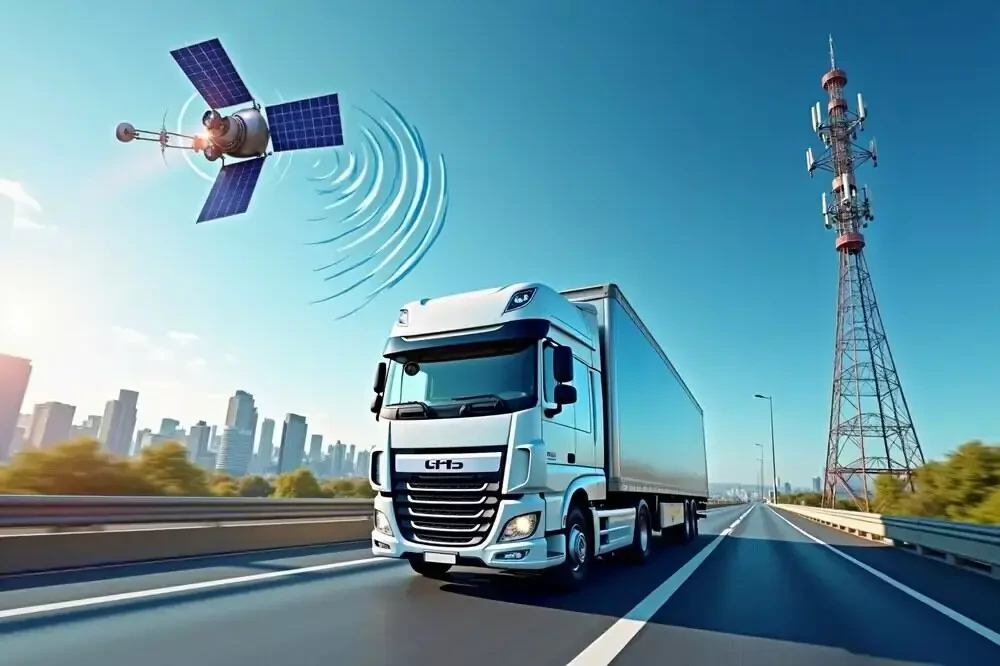How To Track My Vehicle While In Transit With A-1 Auto Transport


Many buyers experience stress throughout the time it takes to deliver an item. This is due in part to the fact that they have no idea when to expect delivery of their car. You can better plan your day and rest easy knowing your package progresses. Yet, you might not be wholly convinced, and the process of calling your carrier can be too time-consuming. Furthermore, the Federal Motor Carriers Safety Agency prohibits drivers from taking calls while operating a commercial motor vehicle (FMCSA). Hence, tracking your vehicle is the most reliable technique to predict when you may expect delivery. Find out where your car is at all times using this guide!

Ask your auto transport company for their tracking system
The first thing to do is to ensure your transportation consultant has a tracking system. Then, you need to get your tracking number. Fortunately, it is almost impossible to find shipping companies without a tracker, as most of them have embraced the Global Positioning System (GPS) technology.
The GPS is a way of tracking the location of an object. When placed in a vehicle, a computer, or a mobile phone, a GPS gives the exact location of that item by reading satellite signals. These signals provide users with a range of information, such as road traffic, fuel level, trip coverage, parking, towing, and location. As a customer, the most crucial information that will be accessible to you is the vehicle's location and the time.
The tracking systems vary with shipping companies. Here are some standard methods.

GPS satellite tracking system
- This system is mainly used by vehicles in remote areas. Automatic information is sent to the central tracking system in real time.
- Passive GPS tracking system: The system captures and stores information at specific periods. Infrequent data is sent to the central tracking system.
Depending on your company, you may have different data access options.
- Online tracking: Some companies will ask you to use their website to track information. On the website, you will enter your tracking number, and the progress report of your shipment will be displayed.
- Frequent notifications: Your company may opt to send you frequent updates without your request. Usually, these are automated so that you can track your automobile effortlessly.
- Mobile tracking: This convenient method allows you to use your mobile device to track your shipment. For easier monitoring, you may have to install the tracking app. The apps are available for iOS, Blackberry, and Android phones.
- Email notifications: For some companies, you may not track your automobile as frequently as you want. They prefer to send you email notifications once you request such data. Allow for 24 hours before getting your report.
- Calls: Although not common, a shipper may opt to provide you with transit information when you make a call. This is tedious as the contact person must call the driver before getting back to you.

You want to go with the method that works best for you. Luckily, most companies will provide their tracking method on their website for you to assess. However, like any other technology, the tracking system may fail. Here are some of the things you can do when the technology fails.
- Ensure that you are connected: Most shipping companies prefer for you to track your vehicle online. If you are unable to access their website, check your internet connection. Some sites may be slow to load due to traffic.
- Ensure that you are within the provided tracking time: Your company may give specific periods during which you can track your vehicle. If they only allow tracking during business hours, make sure you observe the time.
- Re-check the tracking number: The tracking number is specific to your delivery trailer and cannot accommodate errors. Try re-checking the number or copy-paste it to the website.
- Contact your shipping company: Some tracking system failures may be caused by a power cut, antennae failure, or other interruptions from the central tracking system. An efficient company should address such failures as they happen. However, if you try several and the system is down, you may contact them with your concerns.
The tracking device is put in place for the peace of mind of both you and your company. It is good practice to avail yourself of the delivery location in time for your vehicle. This will allow other customers to receive their cargo in time as well.

Real-Time GPS Tracking: What to Expect
Many auto transport companies now offer real-time GPS tracking, allowing you to monitor your vehicle's location throughout its journey. This service provides peace of mind by offering updates on your car's whereabouts, estimated delivery times, and route information. However, tracking capabilities can vary between providers. Some companies may offer detailed online portals or mobile apps, while others provide periodic updates via email or text messages. It's essential to inquire about the specific tracking options available when selecting a transport service.
Understanding Passive vs. Active Tracking Systems
Tracking systems used by auto transport companies generally fall into two categories: passive and active. Passive tracking systems collect data during transit and provide updates at specific intervals or upon request. On the other hand, active tracking systems offer continuous, real-time updates on your vehicle's location. While active systems provide more immediate information, they may come at a higher cost. Discussing these options with your chosen transport company can help you select the tracking method that best suits your needs.
Dealing with Tracking Disruptions
Despite advancements in tracking technology, occasional disruptions can occur due to factors like poor signal reception or technical issues. If you experience a lack of updates or cannot access the tracking system, first verify your internet connection and ensure you're using the correct tracking credentials. If problems persist, contact your auto transport company's customer service for assistance. They can provide updates and address any technical difficulties to keep you informed about your vehicle's status.
These insights aim to enhance your understanding of vehicle tracking during auto transport, helping you make informed decisions and maintain peace of mind throughout the process.
Frequently Asked Questions
How can I track my car while it's being shipped?
Most auto transport companies offer tracking options, including GPS satellite tracking and passive GPS updates.Real-time tracking provides live location data, while passive tracking offers periodic updates using your vehicle's VIN.You can typically access this information through the carrier's website, mobile app, or SMS notifications.
Can I track my car shipment using the VIN number?
Yes, many carriers allow you to track your vehicle shipment by VIN.This method, often part of passive GPS tracking, provides location updates at specific intervals, giving you a general idea of your car's whereabouts during transit.
What does 'in transit' mean for a car?
'In transit' indicates that your vehicle has left the origin point and is en route to its destination.This status applies whether the car is being transported from the manufacturer to a dealership or from one location to another via a shipping service.
How long does it take for a car in transit to be delivered?
Delivery times vary based on distance, route, and shipping method.Generally, vehicles in transit arrive within 3 to 30 days.Factors such as weather, traffic, and logistical considerations can affect this timeframe.
What should I do if my car's delivery is delayed during transit?
If you experience delays, contact your auto transport company for updates.They can provide information on the cause of the delay and an updated delivery estimate.Maintaining open communication with the carrier ensures you're informed throughout the process.


 Share on Facebook
Share on Facebook Share on LinkedIn
Share on LinkedIn Share on Twitter
Share on Twitter Google
Google  Instagram
Instagram 



